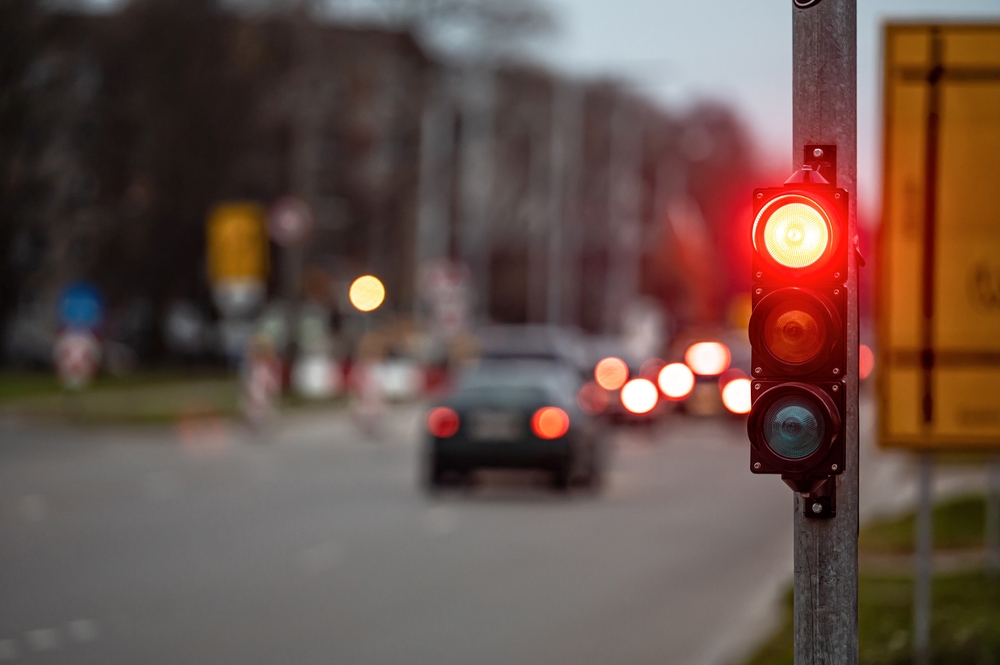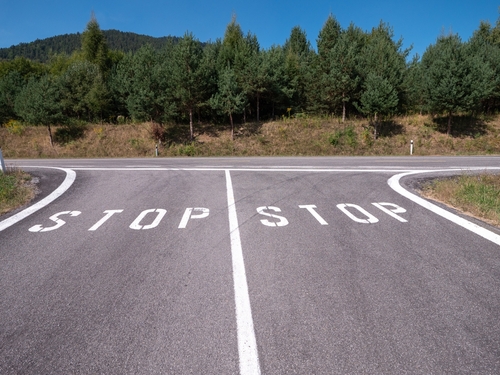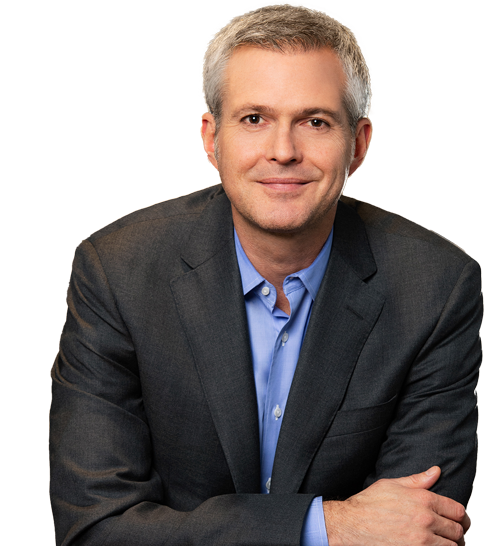
The streets of Burnsville, Minnesota, are bustling with activity. From residents commuting to work, families heading to the park, or delivery trucks crisscrossing town, the roads carry tens of thousands of people every day. But with all this activity comes risk, especially at intersections where cars, pedestrians, and bicycles converge.
No one sets out expecting to be involved in an accident. Yet, the five most dangerous intersections in Burnsville often turn an unexpected reality into a nightmare. Fortunately, insights from an experienced Personal injury lawyer in Burnsville can help you understand what to do when they happen.
What Makes an Intersection Dangerous?
Some intersections are more likely to see accidents than others due to a combination of factors including but not limited to:
- High traffic volumes: The more vehicles passing through an intersection, the higher the chance of congestion and collisions.
- Poor visibility: Obstacles such as trees, buildings, or poorly placed signage can make it harder for drivers to see oncoming traffic or pedestrians.
- Complex lane configurations: Intersections with confusing or poorly marked lanes often result in unexpected lane changes or vehicles crossing into other paths.
- Lack of pedestrian safety features: Crosswalks without proper signage or signals leave pedestrians vulnerable to fast-moving cars.
- Aggressive or distracted driving: Speeding, running red lights, or texting while driving is common at intersections and often contributes to the devastation of accident injuries.
Studies show that intersections account for approximately 40 percent of all road accidents, and left-turn collisions are among the most frequent in urban areas. It is also well researched that intersections with multiple lanes and high speed limits are often linked to higher rates of severe injuries or fatalities.
Intersection accidents don't just result in vehicle repairs and insurance claims; they often leave a lasting impact on the lives of those involved. Get an Attorney involved early to help you navigate the legal process, protect your rights, and pursue full compensation for the harm you've suffered. For anyone facing such challenges, seeking legal support can ease the process of recovering compensation for damages and losses sustained.
Where Are The Five Most Dangerous Intersections in Burnsville, MN?
1. Highway 13 and Nicollet Avenue
This intersection has earned its reputation as one of Burnsville's most troublesome spots. The numbers tell an alarming story, with over 100 crashes reported here in recent years. But the statistics alone don't capture the human impact. Alongside vehicle collisions, multiple pedestrians have been involved in accidents, some with tragic outcomes.
The most dangerous aspect of this intersection is the mix of fast-moving vehicles and pedestrian traffic. Whether a local resident or out-of-town visitor, this intersection can lead to accident injuries for even the most careful drivers.
2. Intersections Along County Road 42
Running through the heart of Burnsville, County Road 42 connects numerous neighborhoods, shopping centers, and workplaces. But with its utility comes congestion. The intersections along this route are magnets for accidents, particularly during rush hour when the road struggles to handle its traffic load.
Specifically, intersections like County Road 42 and Burnhaven Drive, or County Road 42 and I-35, gain significant mention. Rear-end collisions, left-turn mishaps, and incidents involving distracted driving are too common.
For those involved in an accident here, the damage isn't always limited to dents and scratches. Soft tissue injuries or delayed injuries like whiplash often surface days after a crash. Knowing how to document the crash properly becomes essential in such cases. Photos, witness accounts, and immediate medical attention can be pivotal if legal assistance is later required.
3. McAndrews Road and Nicollet Avenue
Quiet residential streets meet heavier traffic flows at the intersection of McAndrews Road and Nicollet Avenue. This area may not always look busy, but its setup creates potential hazards for unsuspecting drivers. Sudden stops, unclear right-of-way rules, or vehicles attempting to cautiously enter traffic often contribute to accidents here.
One of the most frustrating aspects of dealing with collisions at smaller intersections is the assumption that injuries are less serious ― that a minor crash isn't worth pursuing. However, even low-speed accidents can cause lasting physical damage. Those affected often face mounting medical bills and insurance challenges.
Don't underestimate the importance of fully understanding your rights after an injury here. Whether negotiating with insurers or determining fault in a multi-vehicle collision, professional guidance can make navigating these situations smoother.
4. Crystal Lake Road and I-35
This intersection combines fast highway traffic with local streets, creating a tricky situation for any driver, pedestrian, or cyclist. Merging onto I-35 can be nerve-wracking, especially when other drivers aren't paying attention. Add icy Minnesota winters or heavy summer construction to the mix, and the risks become magnified.
High-speed accidents are particularly common in this area, with vehicle rollovers and severe damage posing significant threats. This intersection presents additional challenges for motorcyclists and semi-truck drivers.
After a high-speed collision, the recovery process can feel more difficult than expected. Beyond repairing your vehicle, there's often the emotional toll of reliving the crash while trying to manage insurance matters. Knowing someone is on your side to advocate for recovery and compensation can give people peace of mind.
5. Highway 13 and Portland Avenue
The Highway 13 corridor is known for being a high-traffic route, and its intersections often bear the brunt of congested commutes. Among them, Highway 13 and Portland Avenue stands out as particularly problematic. As a major thoroughfare for local and commercial traffic, this spot frequently experiences aggressive lane-changing or red light violations.
Things like dashcam footage or intersection cameras might provide critical evidence for anyone caught in an accident here. Collecting this kind of information after an accident is key in disputing inaccurate claims of fault.
This intersection also underscores heightened concerns with bicyclists and pedestrians. Community groups have called for pedestrian-friendly updates, but for now, vigilance is essential for anyone passing through.
Do Accidents At Burnsville's Most Dangerous Intersections Qualify For Compensation?

Many people wonder whether they can pursue compensation after an accident at a hazardous intersection. While no two car accidents are identical, several key factors help determine eligibility. Personal injury claims typically hinge on (1) whether negligence caused the accident and (2) the extent of the damages suffered.
Here's what car accident lawyers often consider when evaluating potential cases:
- Was negligence a factor? Negligence could include reckless driving, speeding, failure to yield, or running red lights. It might also involve distracted behaviors like texting while driving.
- The severity of injuries: Claims are often stronger when accidents result in substantial injuries, whether physical (like broken bones or concussions) or emotional (such as psychological trauma following the incident).
- Proof of damages: This includes medical bills, lost wages, rehabilitation costs, or property damage that directly stemmed from the accident. Documenting these losses can help support your case.
- Intersection design or maintenance issues: Poor road design, malfunctioning traffic signals, or inadequate signage may also contribute to dangerous conditions, potentially implicating other responsible parties.
Just as no two accidents are exactly the same, compensation types can also vary depending on the nature of the incident. Here are a few common types of accidents that might imply negligence and lead to personal injury claims:
- T-bone collisions: Often caused by drivers running red lights or stop signs.
- Rear-end crashes: Typically the result of distracted or aggressive driving at high-traffic intersections.
- Pedestrian or cyclist accidents: Frequently linked to a lack of attention in crosswalks or failure to yield.
- Multi-car pileups: Common at busy intersections with poor visibility or reduced reaction time.
Several factors can influence the final personal injury settlement, including the severity of injuries, the amount of available insurance coverage, and whether shared fault is determined. Questions Should I Ask My Car Accident Attorney often come up during this stage, such as how long the process may take, what compensation you can expect, and how they plan to handle negotiations with insurers.
If you want to learn more about what medical expenses, lost wages, pain and suffering, or quality of life impacts can be included in a personal injury settlement, reach out to an experienced Personal injury lawyer in Burnsville as soon as possible.
What To Do If You've Been in an Accident at a Burnsville Intersection
Being cautious about dangerous intersections can reduce your risk of an accident, but even the most careful drivers aren't immune to unexpected situations. What to Do After a Car Accident becomes a crucial question in these moments, and taking the right steps immediately can protect your health, your rights, and any future claim. If you've been in an accident at one of Burnsville's high-risk intersections, knowing what to do next can make a big difference both at the scene and in the weeks that follow.
Immediate Steps After the Accident
- Ensure the safety of drivers and passengers: If possible, check on everyone involved and move to a safe area. Always prioritize safety over property damage.
- Call emergency services: Reporting the accident isn't just a legal obligation in most cases; it also ensures that first responders and police can document the scene and assist those injured.
- Collect evidence: If it's safe, take photos or videos of the damage, the intersection, and other vehicles involved. Write down important details like weather conditions, vehicle placement, or any visible hazards.
- Exchange information: Obtain contact and insurance details from the other drivers involved. Don't admit fault, even if you think you might be partially responsible.
- Locate witnesses: If there were onlookers, ask for their contact information. Their perspective can help verify what happened.
Steps to Take in the Days Following the Accident
- Seek medical attention: Some injuries, like whiplash or internal trauma, may not show obvious symptoms right away. Seeing a doctor promptly ensures that injuries are documented, which is essential to any future claim.
- Keep an accident journal: Write down your recollection of what happened, any physical symptoms that develop, and how the accident impacts your daily life. This can be valuable evidence later.
- File an insurance claim: Notify your insurance provider about the accident and follow up as needed. Be cautious about disclosing too much information, as insurers may try to minimize payouts.
Weeks After the Accident
- Gather all relevant documentation: Compile accident reports, medical records, receipts for expenses related to the accident, and any correspondence with insurance companies. Fighting the Insurance Company may become necessary if they deny your claim or offer less than you deserve, and thorough documentation strengthens your position.
- Assess the long-term impact: Consider how the accident has affected your ability to work, maintain your health, or meet financial obligations. Long-term effects often play a role in calculating compensation.
- Consult with legal professionals: If the accident caused significant injury or disputes with insurance arise, consulting with a Personal injury lawyer in Burnsville can help clarify your rights and options.
Months After the Accident
- Stay on top of deadlines: Minnesota allows up to six years to file a personal injury lawsuit, but acting sooner ensures that evidence remains accessible and witnesses' memories stay sharp.
- Reevaluate coverage for future protection: After the accident, review your insurance policy or consider making updates that better suit your needs.
What To Do If You Can Not Complete Essential Steps After An Intersection Accident in Burnsville?
While first responders and police handle many initial steps at the scene of an accident, missing a few details in the moment doesn't mean you lose your right to take action later.
Injuries, stress, and the chaotic nature of accidents can make it impossible to follow every recommendation, and that's okay. How Long Does a Personal Injury Lawsuit Take is a common concern, and while timelines vary, having an experienced lawyer helps keep your case on track. Seeking help from someone familiar with personal injury cases means having support at every stage—from gathering evidence to negotiating fair compensation.
Remember that you aren't alone, no matter where you stand in the process.
Knowing and exercising your options can help secure peace of mind while you focus on what truly matters: your recovery and moving forward.
Were You Injured In a Burnsville Intersection Accident? Contact Fields Injury Law To Learn About Your Legal Options.
The roads of Burnsville can feel unpredictable, and that uncertainty is unnerving for any driver, passenger, pedestrian, or cyclist. While no one can predict the exact moment when an accident might happen, being informed about these intersections is a strong first step toward staying safe.
Should the unexpected occur, remember that you're not alone. There are options to explore, and legal professionals are ready to help fight for the justice and compensation you deserve. The recovery process may challenge you, but putting the pieces back together with the right plan is possible.
Have questions about what happens next after an accident? Consider speaking with someone who can provide clarity and support tailored to your situation. Fields Injury Law is available to help those looking for a way to move forward after life's interruptions.
Schedule a free case evaluation online or at (612) 206-3495 to learn how you can move forward after an accident in any of Burnsville's dangerous intersections.

